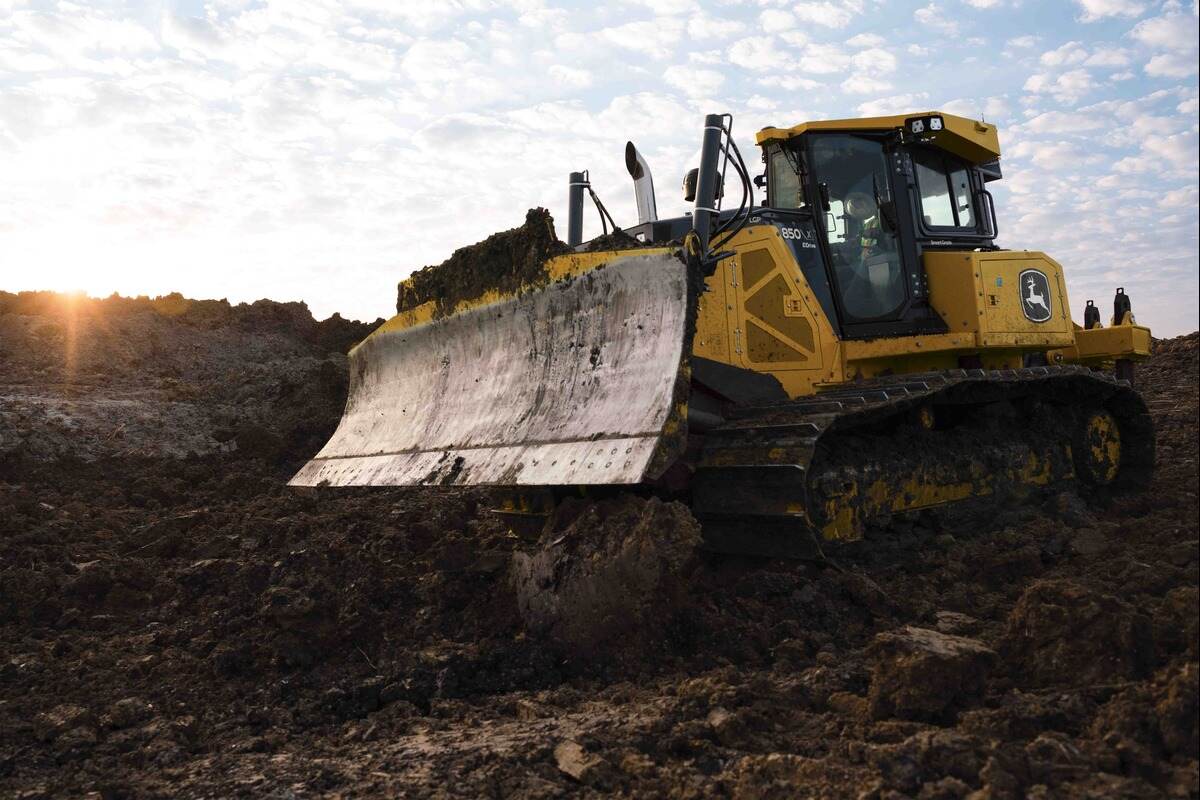The Equipment Rental Industry’s Five-Year Forecast Calls for Even Growth
The latest forecast from the American Rental Association (ARA) for equipment rental industry revenue growth in the United States calls for 6.7 percent increases in 2016 and 2017, 6.2 percent in 2018 and 5.8 percent in 2019 to reach $48.7 billion, including the construction/industrial, general tool/homeowner and party/special event segments.
The growth pace is slightly more moderate than the previous two years, but the industry’s progress is consistently positive regardless of changes in oil and gas, construction and other segments equipment rental companies serve.
“The performance of the equipment rental industry since the recession has been very positive and as auxiliary industries recover and grow, we anticipate equipment rental revenue growth to meet the forecast of the next five years,” says Christine Wehrman, ARA CEO and Executive Vice President. “This means equipment rental companies can prepare for steady growth, plan for expanding their markets and build inventory to meet their customer demand. The forecast also shows that many customers who have turned to renting equipment during and after the recession have seen the benefits and will continue to rent to control their costs. The secular shift to rental is here to stay.”
Scott Hazelton, Managing Director, IHS Economics, says stability is the key feature of the latest industry forecast. “This is consistent with an economy that is in expansion mode without a lot of external sources of growth,” Hazelton says.
The economic analysis from the ARA Rental Market Monitor subscription service suggests that the ongoing rebound in real residential construction in 2015 will help fuel the growth in the construction and industrial equipment and the general tool rental segments.
“A 2015 to 2019 compound annual growth rate [CAGR] of 2.7 percent is projected for real total construction with real nonresidential growing 1 percent and real residential growing 5.7 percent. This will drive revenue growth in the construction and industrial segment and the general tool segment, which will average annual revenue increases of 6.5 percent and 6.7 percent, respectively, over the period,” according to the analysis provided by IHS Economics, the forecasting firm that provides data and analyses for the ARA Rental Market Monitor.
The short-term forecast for Canada is more subdued in 2016, with expectations of 0.8 percent growth in equipment rental revenue to reach $4.98 billion, with a greater rebound of 5.7 percent in 2017, 6.3 percent in 2018 and 5.6 percent in 2019 to reach $5.9 billion.
Lower oil prices will put some downward pressure on oil sands investment, but prices are expected to bottom out above the point at which oil sands become unprofitable and will rise steadily to over $80 a barrel by the end of 2018, according to the ARA Rental Market Monitor.
In Canada, according to the ARA Rental Market Monitor, “even with the modest outlook for construction markets, construction and industrial equipment and general tool revenues are expected to grow at CAGRs of 4.7 percent and 4.3 percent, respectively, through 2019.”
Overall, Hazelton says there was “some surprise” in 2015 with the magnitude of the oil price correction in the United States and Canada and the appreciation of the U.S. dollar.
“We had correctly anticipated both events. Indeed, we had expected the oil price correction to occur in two phases — one period of falling prices that would end in the spring and a second period that would begin in late summer. However, in both corrections, we had expected the price of oil to hit a trough at about $10 higher per barrel than what was, in fact, achieved,” Hazelton says.
“The result was that the plunge in new exploration investment was deeper than we expected, and the path of price recovery will be flatter than we had expected. The result was a more pronounced correction than expected for equipment rental revenue in 2015 and an expectation of slower recovery for 2016 and beyond. The U.S. national impact is not dramatic, but for some oil-dependent states, such as North Dakota and Alaska, the lower outlook is more pronounced. The outlook for Canada is affected to a larger degree, given its heavier reliance on oil revenues,” he says.
Hazelton says the recovery of the residential sector from the Great Recession has been exceedingly slow with slower job creation than in past recoveries, which led to weak household formation.
“The good news is that the recovery has reached a point where it has created enough jobs to ignite residential construction. Single-family home construction does not contribute much to equipment rental. However, multifamily construction does demand equipment rental, and multifamily has led the housing recovery and continues to do well,” he says. “Residential construction creates the demand for additional facilities to support the new residents.
Restaurants, banks, retail, health care and ultimately educational facilities tend to follow residential development with a 12- to 18-month lag. As such, residential construction will support equipment rental through ancillary construction, even when single-family homes dominate in a particular area.”
Tom Hubbell is ARA’s Vice President of Marketing and Communications. Tags: American Rental Association





